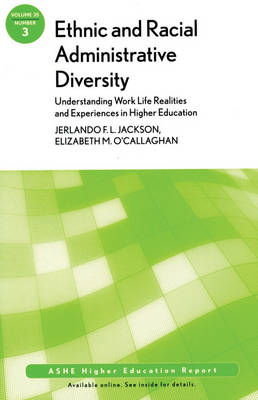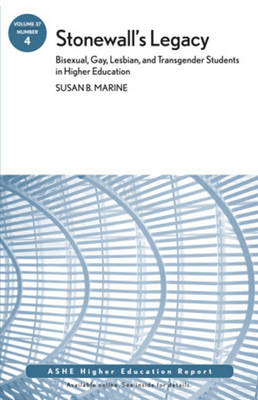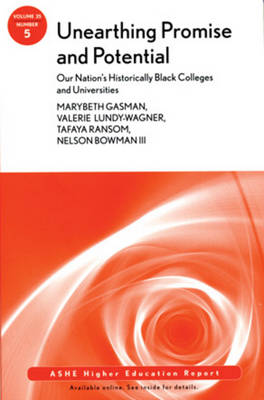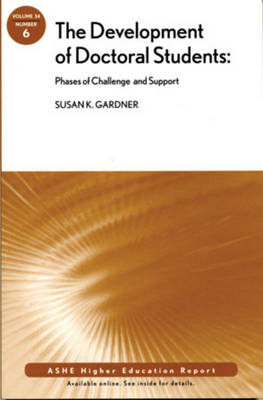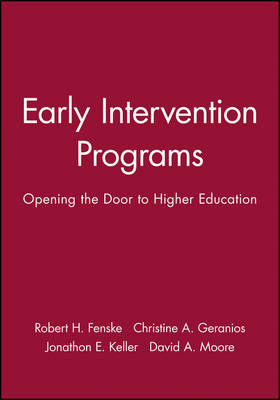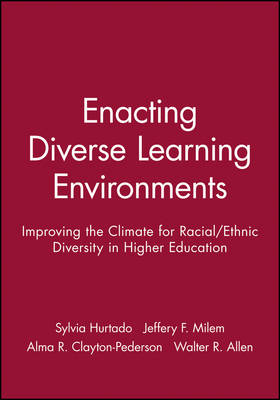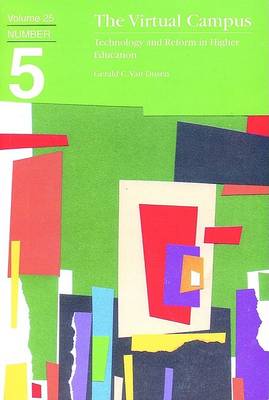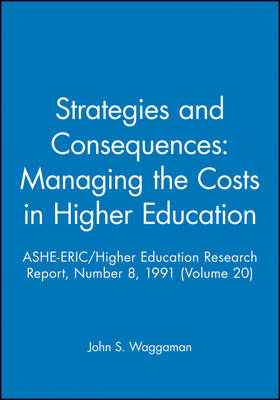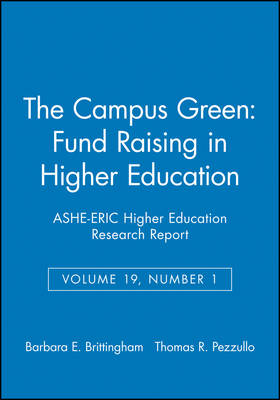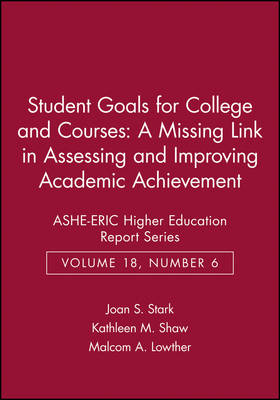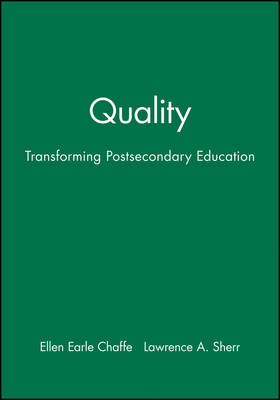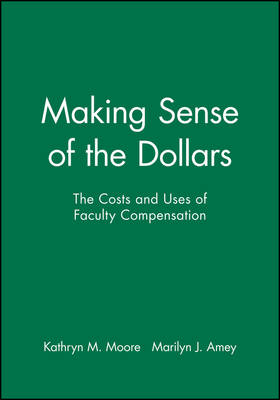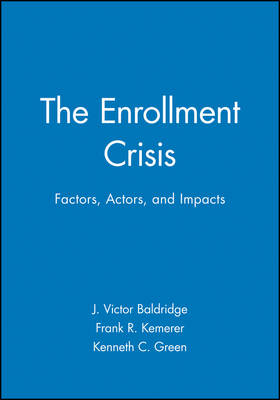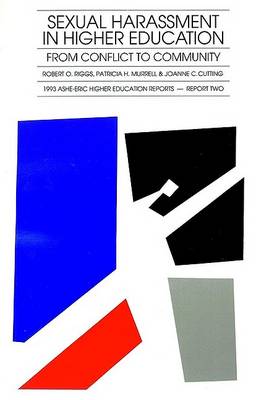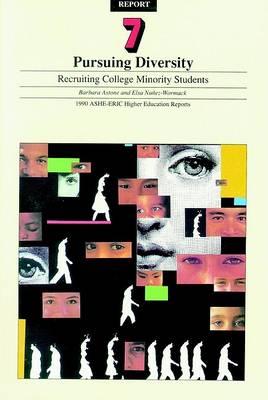J-B ASHE Higher Education Report Series (AEHE)
3 primary works • 22 total works
Book 2
Book 3
Ethnic and Racial Administrative Diversity
by AEHE, Jerlando F. L. Jackson, and Elizabeth M. O'Callaghan
Noted practitioners and scholars are then commissioned to write the reports, with experts providing critical reviews of each manuscript before publication.
Book 151
Each monograph is the definitive analysis of a tough higher education problem, based on thorough research and institutional experiences. Topics are identified by a national survey. Noted practitioners and scholars are then commissioned to write the reports, with experts providing critical reviews of each manuscript before publication.
Topics are identified by a national survey. Noted practitioners and scholars are then commissioned to write the reports, with experts providing critical reviews of each manuscript before publication.
The Development of Doctoral Students: Phases of Challenge and Support
by AEHE and Susan K. Gardner
Noted practitioners and scholars are then commissioned to write the reports, with experts providing critical reviews of each manuscript before publication.
assessment in higher education, particularly focused on the faculty
role in assessment. It traces major conceptual, methodological,
political and policy advances in assessment over the past decade.
The authors suggest some ways of thinking about assessment,
strategies, and next steps which they view as necessary for more
clearly envisioning assessment as a faculty role.
encourage the future college enrollment of elementary and secondary
students, especially those from underrepresented groups and the
direct outreach of collegiate academic programs to the lower
schools for the same general purpose. It also presents a brief
review of societal goals of equality for the nation's educational
system. Also included are evaluations for some early intervention
programs and recommAndations for follow-up college and university
administrators.
reflect on the learning process and on the influence of their
teaching. Higher education in the United States has been challenged
to improve the learning experiences of students. Given sufficient
support and resources, college and university faculty have the
capability to enhance student learning. The models in this
collection offer faculty an assortment of resources to utilize in
this Andeavor.
critic of the basic knowledge of our world. This basic knowledge is
being drastically affected by its rapid transfer through the new
electronic channels. The traditional world of higher education must
either embrace this new virtual world or become less relevant in
the value it adds to society. How effectively institutions link the
tools of technology with their educational vision and mission will
determine their continued success in being a primary source of
education and knowledge for our society. This report on the virtual
campus will help institutions engage in conversation concerning
their part in the virtual world expanding around us."
--from the Foreword by Jonathan D. Fife, former series editor
and director of the ERIC Clearinghouse on Higher Education
Powerful information and instructional technologies have created
the virtual campus for students and teachers everywhere. More than
ever, there is a call for technology to provide expanded
opportunities for learners. This report offers practical
recommAndations for the integration of technology into teaching,
learning, and research.
Strategies and Consequences: Managing the Costs in Higher Education
by AEHE
resources. Discusses the sources of current cost and revenue
problems. Explores management actions, practices, and strategies in
both private and public colleges and universities.
The U.S. education system has long relied upon the support of private donors, and fundraising plays a major role in academia even today. The Campus Green: Fund Raising in Higher Education offers robust guidance for all aspects of this critical task, from cost and ethics to donor behavior, program evaluation, and beyond. Rich with supplementary references and timeless advice, this guide provides the analysis and depth of information professional fundraisers need to counter the increasing costs of higher education.
Student Goals for College and Courses: A Missing Link in Assessing and Improving Academic Achievement
by AEHE
with the expectations of institutions. Views goals in terms of
specificity, clarity, source, commitment, and temporality, and
demonstrates frameworks and uses for course-specific goals
inventories.
process quality--plus their adminstrative and academic applications
for postsecondary education. Suggests methods of defining quality
for an institution, and for improving technical and administrative
systems.
handicapped students. Discusses differential preparation, negative
teacher attitudes, systemic forces, institutional impact, and
strategies for achieving success.
and quasi-monetary forms, and looks at the economic, social and
policy factors affecting it. Explores the strategic uses and the
equity of compensation. Presents considerations in building and
administering an effective compensation system.
reflects the cultural diversity of the population. Proposes
solutions to the current situation to ensure that faculty of the
future will reflect the diversity of the population, and discusses
issues and strategies for recruiting and retaining that faculty.
higher education. Explores possible institutional responses to such
problems, including enrollment management and student recruitment.
demographics, the institutional climate, campus pluralism, the
institution's commitment, and other factors affecting minority
recruitment. Offers general recommAndations for institutions, and
discusses the basic elements and implementation of a recruitment
plan.

